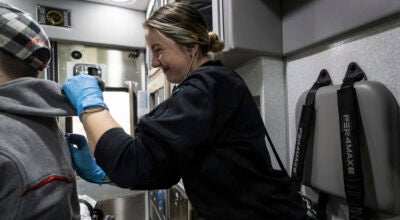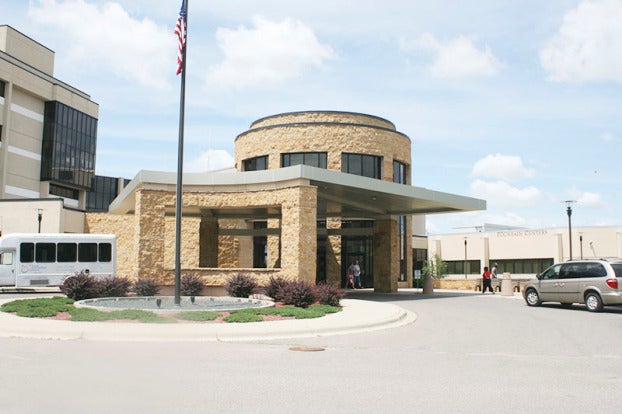5th death reported in Minnesota from COVID-19
Published 11:11 am Saturday, March 28, 2020
|
Getting your Trinity Audio player ready...
|
MINNEAP(OLIS — The Minnesota Department of Health on Saturday confirmed the state’s fifth death from the coronavirus, on a day when Gov. Tim Walz signed a bill to provide more money to help manage the pandemic.
All of the people in Minnesota who have died from COVID-19 have been in their 70s and 80s, said Kris Ehresmann, the department’s infectious disease director. The state on Friday reported the deaths of two people who were living in senior living facilities.
“One of the things that we’re very focused on right now … are the cases we are seeing in our congregate care settings,” Ehresmann said, noting that the group is at the highest risk of dying from the virus.
Most of the facilities have not allowed visitors and have limited the traffic outside the buildings, health officials said.
The death announced Saturday was a person in their 70s from Hennepin County. No further details were provided.
For most people, the new coronavirus causes mild or moderate symptoms, which can include fever and cough.
The recent Health Department report shows that COVID-19 cases have increased to 441, up 43 from Friday, with 30 patients hospitalized. The state has conducted 16,129 tests.
Hennepin County has the highest number of confirmed cases at 152, followed by Ramsey County at 42, Olmsted County at 37 and Dakota County at 33.
Mower County has had 11 confirmed cases; Steele, five; Waseca, three; and Blue Earth, seven.
No cases have been reported in Freeborn County.
Walz, who is under a 14-day quarantine and is working from the official Governor’s Residence in St. Paul, signed a bill Saturday to provide $330 million in assistance. The state has now provided more than $550 million in aid.
Walz’s stay-at-home order went into effect late Friday. It calls on Minnesota residents who work in nonessential jobs to stay home for two weeks, though they may go out for essential needs such as trips to the supermarket and pharmacy, doctor visits and for outdoor recreation if they practice social distancing.
Restaurants that closed under an earlier order may continue to offer takeout and delivery service. Liquor stores, hardware stores and many other businesses can also stay open.



